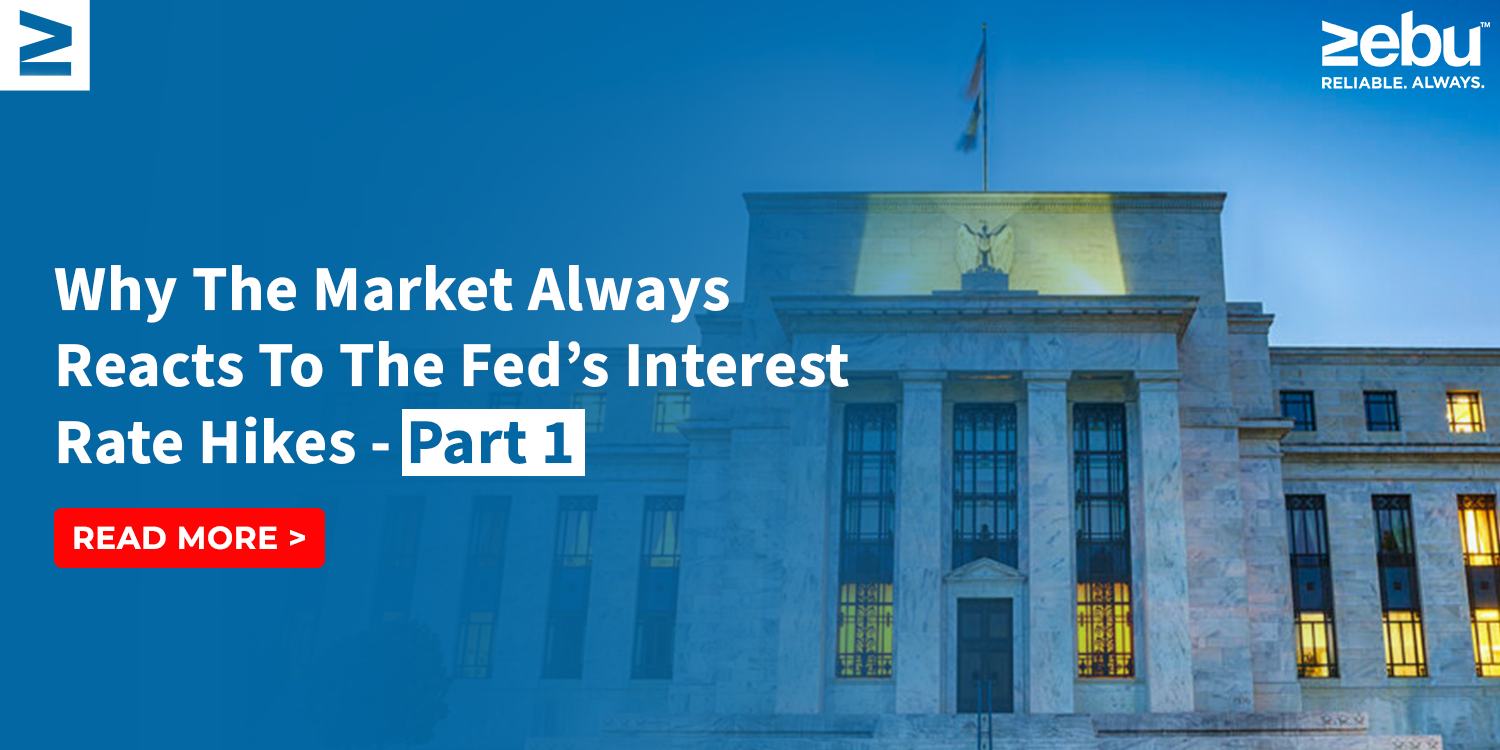
The Federal Open Market Committee (FOMC) announced on December 14 that the federal funds rate would go up again, this time by 50 basis points, to a range of 4.25% to 4.5%.
This move comes after the central bank raised interest rates by 75 basis points in June, July, September, and November, and by smaller amounts in March and May. All of these moves were part of the central bank’s plan to combat persistently high inflation.
Even though the committee noticed that the job market was strong, it decided to raise rates because of the continued gap between supply and demand and the ongoing conflict in Ukraine.
The FOMC has maintained that the Committee expects that ongoing increases in the target range will be appropriate to achieve a monetary policy stance that is sufficiently restrictive to return inflation to 2% over time.
Inflation can take a long time to return to normal, which can be detrimental for consumers who are already struggling. It also takes a few months for changes in Fed policy to make their way through the economy. But it’s important to remember that some of the policies’ financial effects, like higher interest rates on borrowed money, can be felt more quickly.
How the Fed’s rate hike can affect US citizens in 3 ways. In a similar manner, when the RBI increases the interest rate in India, your money will be affected.
Interest on credit cards is becoming more expensive
When the Fed raises interest rates, it costs you more to carry a balance on your credit card. This is because the interest rates on consumer debt, like a credit card balance, tend to move in lockstep with the federal funds rate.
The interest rates that commercial banks charge each other for short-term loans depend on this key interest rate. When the fed funds rate goes up, it becomes more expensive to borrow money, which can make banks and other financial institutions less likely to borrow money.
The banks pass on the higher costs of borrowing by raising the interest rates they charge on loans to consumers. Most credit card companies base their annual percentage rate (APR) on the prime rate, which is the rate banks charge the customers with the least risk for loans, plus a percentage to cover costs and make a profit.
But most APRs are variable, which means that when you get a new credit card, the interest rate you agree to pay can change based on the prime rate. So, if your credit card’s annual percentage rate (APR) is 18.15 percent and the Fed raises the federal funds rate by 75 basis points, your issuer is likely to raise your APR to 18.90 percent.
The cost of carrying a credit card balance goes up as the interest rate on that balance goes up. Consider paying off as much of your debt as possible or using a balance transfer card with 0% APR to reduce how much extra money you’ll have to pay on your debt.
Leave a Reply